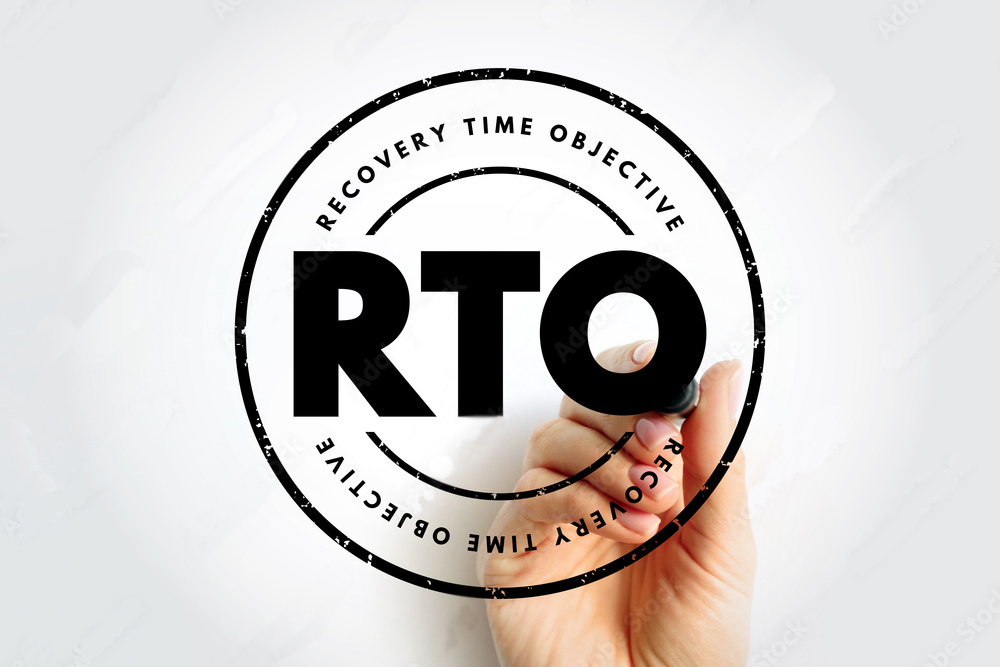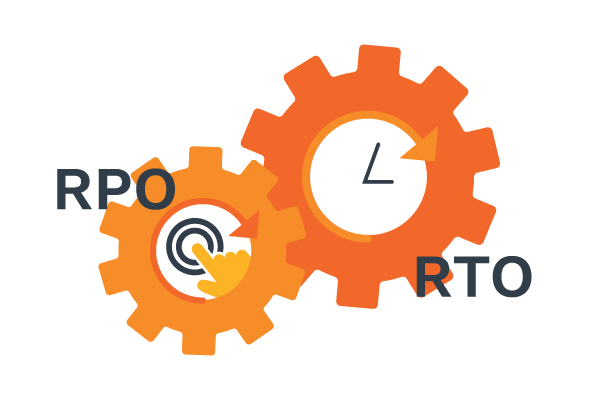In a constantly evolving digital world, system availability and data protection are fundamental pillars for business continuity. In this context, two concepts become especially relevant: RTO and RPO. These parameters are crucial to designing effective backup, recovery and business continuity strategies, thus guaranteeing the ability to respond to possible technological adversities. Together, these objectives determine the company’s risk tolerance and guide the implementation of appropriate security and recovery measures.
What is RTO?
The RTO (Recovery Time Objective) is defined as the maximum tolerable time that a system or application can be down after a failure or disaster. That is, it measures how quickly operations can be restored after an incident. It helps to respond more quickly to incidents, adapting to changing market needs and minimizing the impact on productivity and customer satisfaction.
Factors that influence RTO:
- Type of system or application: Critical systems, such as e-commerce or customer service, require a lower RTO than less critical systems.
- System Complexity: More complex systems generally require a higher RTO.
- Resource Availability: The amount of resources available for recovery, such as personnel and equipment, impacts the RTO.
- Solutions to optimize RTO: Implement a disaster recovery plan (DRP).
What is the RPO?
RPO (Recovery Point Objective) is defined as the maximum amount of data that a company can afford to lose in the event of a failure or disaster. In other words, it indicates the amount of information that can be recovered from the last backup. A low RPO means that the company can minimize data loss in the event of an incident, as it will have taken frequent backups and will be able to recover a large amount of recent data.
Factors that influence RPO:
- Backup frequency: The more frequent the backups, the lower the RPO.
- Data volume: Larger data volumes mean a higher RPO.
- Data criticality: The importance of missing data determines RPO tolerance.
- Impact of RPO on the business: RPO not only affects the amount of data lost, but also productivity, customer satisfaction, and company reputation.
RTO vs RPO: Key Differences
- Objective: The RTO focuses on system recovery, while the RPO focuses on data recovery.
- Measurement: RTO is measured in time, while RPO is measured in amount of data.
- Impact: RTO affects productivity and service availability, while RPO affects data integrity.
- Interrelationship: RTO and RPO are two sides of the same coin: disaster recovery. A low RTO and low RPO are ideal, but can be expensive to implement. It is important to find a balance between RTO and RPO that fits the company’s needs and budget.
Striking a Balance between RTO and RPO
Finding the right balance between RTO and RPO is crucial for business resilience. Low RTO and low RPO can be expensive to implement, requiring significant investments in infrastructure and technology to ensure rapid recovery and minimal data loss. This implies the implementation of frequent and robust backup systems, as well as the availability of resources to restore critical services in the shortest possible time. On the other hand, a high RTO and high RPO can expose the business to significant risk as it would prolong downtime and increase the possibility of loss of critical data.
Strategies to optimize RTO and RPO:
- Implement a disaster recovery plan (DRP).
- Use data backup and replication solutions.
- Perform periodic recovery tests.
- Train staff in incident management.
- Implement automation technologies
In conclusion, understanding and managing RTO and RPO are essential to ensure business continuity in an increasingly complex digital environment. Setting realistic goals and implementing appropriate strategies allows companies to minimize the impact of failures and disasters, protect their data and ensure the availability of their systems. Furthermore, this effective management not only strengthens business resilience, but also builds trust with customers and business partners by demonstrating a strong commitment to safety and reliability.
If you are looking for the perfect team to help you develop an effective website, we are also here to help you. Also, Contact us today to learn more about our Virtual Store Design services.















